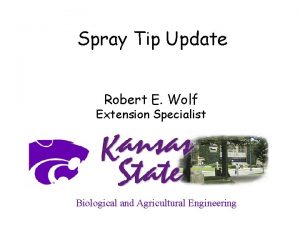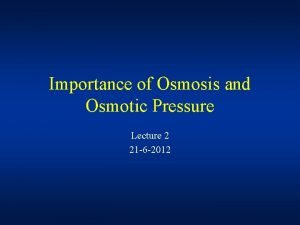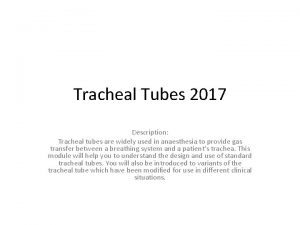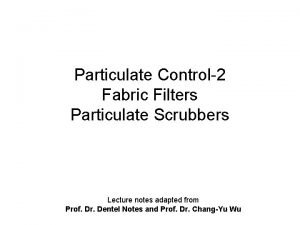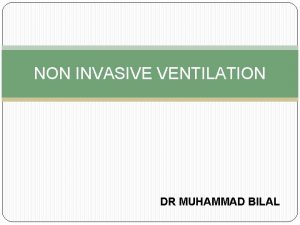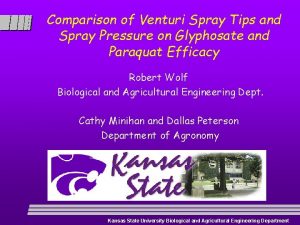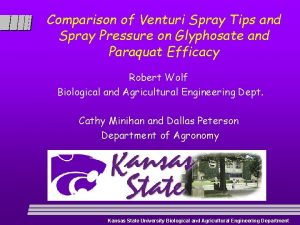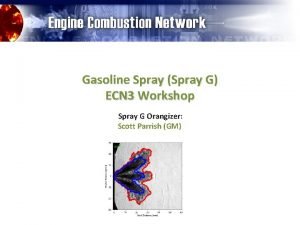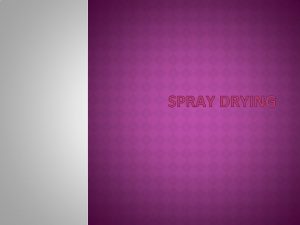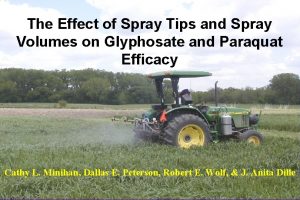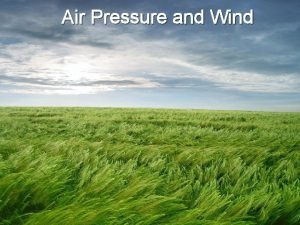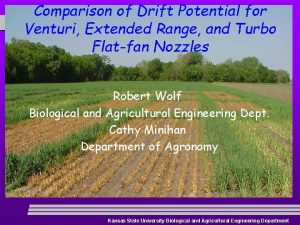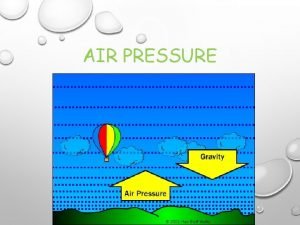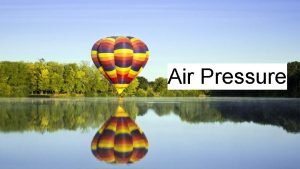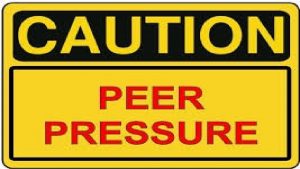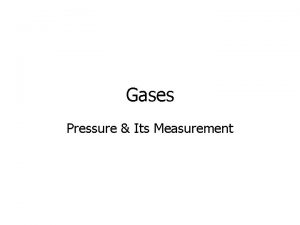Comparison of Venturi Spray Tips and Spray Pressure

















- Slides: 17

Comparison of Venturi Spray Tips and Spray Pressure on Glyphosate and Paraquat Efficacy Robert Wolf Biological and Agricultural Engineering Dept. Cathy Minihan and Dallas Peterson Department of Agronomy Kansas State University Biological and Agricultural Engineering Department

Objective of this study: l Compare the efficacy and spray droplet characteristics of three venturi flat-fan nozzles against the turbo flat-fan tip at 207, 345, and 482 k. Pa (30, 50, and 70 psi). Kansas State University Biological and Agricultural Engineering Department

Materials and Methods: Experiments: Exp. Design: Drop Collectors: Plot Size: Weeds Visual Ratings: Location: Ashland Bottoms, Manhattan, KS 2 x 3 x 4 split-split plot with 3 reps (24 treatments) Placed in 2 reps with 2 cards per rep (96 cards) 3 x 9 m with 1. 5 m buffer Velvetleaf, common sunflower, sorghum, corn 1, 2, and 4 weeks after treatment Herbicides (2): Paraquat, 0. 487 lb ae/a (1. 3 pt/a), NIS @. 25% v/v Glyphosate, 0. 28 lb ae/a (12 oz/a), AMSU @17 lb/100 gal Application Conditions: Date: July 09, 2002 Weed Size: Vele - 15 cm, Cosf - 20 cm, Sorg – 25 cm, Corn – 13 cm Temperature: 37 C R. H. : 20% Wind: S-SW@ 4 -5 km/h Kansas State University Biological and Agricultural Engineering Department

Materials and Methods cont. : Spray Tips (4): Turbo Flat-fan (TT) Air Induction Flat-fan (AI) Ultra lo-drift (ULD) Air Mix (AM) Spray Volume: 94 L/ha (11002 orifice tips) Application Ground Speed: 5. 5, 7. 1, and 8. 4 km/h Spray Pressure: 207, 345, and 482 k. Pa Spray Tip Spacing: 76 cm, tilted 15 degrees Canopy Boom Height: 51 cm Kansas State University Biological and Agricultural Engineering Department

Collection Procedure: Kansas State University Biological and Agricultural Engineering Department

Droplet. Scan used to analyze droplets: System Components Kansas State University Biological and Agricultural Engineering Department

Results and Discussion Kansas State University Biological and Agricultural Engineering Department

Volume Medium Diameter: *Significant. 05 Kansas State University Biological and Agricultural Engineering Department

*Significant Control: Tip / Pressure Kansas State University Biological and Agricultural Engineering Department

Tip and pressure interactions: Kansas State University Biological and Agricultural Engineering Department

LSD 11. 5% % Area coverage - water sensitive paper: LSD 11. 5% Kansas State University Biological and Agricultural Engineering Department

Summary of findings Dv 0. 5 (µm) (VMD): Venturi tips produced larger droplet VMD’s than the turbo flat-fan. l The AI produced significantly larger droplet VMD’s than the Air Mix and turbo flat-fan, but not the ULD. l Kansas State University Biological and Agricultural Engineering Department

Summary of Findings: %Area Coverage l l Significant differences were measured for percent area coverage among chemical, tip, and pressure interactions. Means for Percent area coverage ranged from 47 to 20 percent with means separated by at least 11. 5% considered significant. Kansas State University Biological and Agricultural Engineering Department

Summary of findings: Efficacy l l Very few significant efficacy interactions were measured among herbicide, tip, and pressure variables. Paraquat provided better velvetleaf control. Glyphosate gave better sorghum and corn control. Common sunflower control was simmilar with each product. Kansas State University Biological and Agricultural Engineering Department

Summary of findings: Efficacy cont. l l Only minor differences in control were measured among tips and pressures. The turbo flat-fan tended to be slightly lower (<10%) in control than the venturi tips. AI and Airmix tips tended to give lightly better (no significance) control than the ULD. No significant differences were found in weed control among the three pressures. Kansas State University Biological and Agricultural Engineering Department

Final thoughts: l l Why reduced control with turbo flat-fan? – high temperature, low humidity resulting in smaller drops (evaporation) that were quicker drying. Venturi tips performed well regardless of whether a systemic or contact herbicide was used. Performance over a wide range of pressure is also possible. Venturi tips appear to be a viable option to minimize spray drift potential while maximizing performance. Kansas State University Biological and Agricultural Engineering Department

Thanks Kansas State University Biological and Agricultural Engineering Department
 Venturi spray nozzle
Venturi spray nozzle Compairson test
Compairson test Robert venturi complexity and contradiction in architecture
Robert venturi complexity and contradiction in architecture Stagnation pressure formula
Stagnation pressure formula Oncotic vs osmotic pressure
Oncotic vs osmotic pressure Bevel of et tube
Bevel of et tube Windkraft horizontalläufer
Windkraft horizontalläufer Tubo venturi
Tubo venturi Phoenix controls fume hood monitor
Phoenix controls fume hood monitor Phoenix lab controls
Phoenix lab controls Venturi scrubber animation
Venturi scrubber animation Simple mask flow rate
Simple mask flow rate Venturi mask oxygen flow rate
Venturi mask oxygen flow rate Trach collar oxygen flow rates
Trach collar oxygen flow rates Oxigenoterapia materiales
Oxigenoterapia materiales Indications for bipap
Indications for bipap Venturi flume
Venturi flume Cuáles son los objetivos de la oxigenoterapia
Cuáles son los objetivos de la oxigenoterapia
